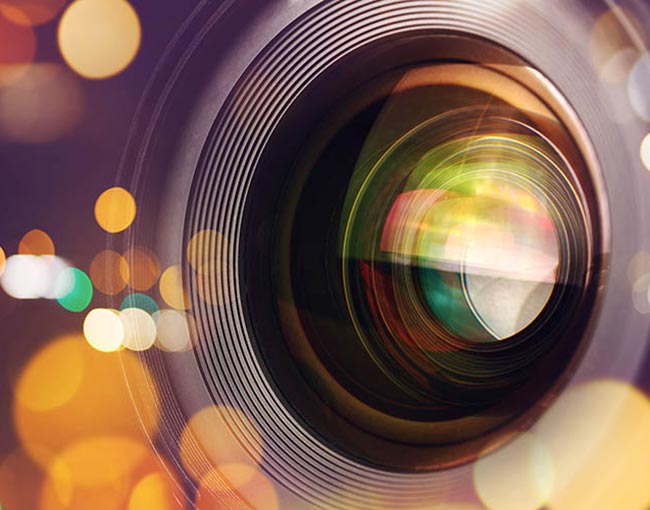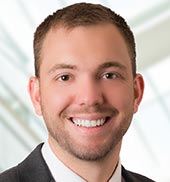Copyright law is full of technicalities, which claimants love to exploit. But defendants can exploit technicalities, too. As copyright owners more aggressively assert their claims, defendants are taking closer looks at all issues, including the basic one of whether the person bringing suit really owns the copyright in question.
In one recent case, a lawyer/photographer filed what he probably thought was a slam-dunk case. Richard Bell, whose photograph of the Indianapolis skyline was used on his law firm’s website, sued Michael Mahoney, who he claimed copied and used Bell’s photo without authorization.
Mahoney, however, did not roll over. He put Bell to his proof and probed various aspects of the case in discovery. In his defense, he raised questions about Bell’s claimed ownership of the photo.
Copyright ownership is usually pretty simple. The person who creates a work of authorship is usually the author of the work and the owner of the copyright. But there are special legal rules for works created in the course of employment and certain other special situations. Under these “work made for hire” rules, the law makes the employer the “author” and copyright owner.
Mahoney thus raised a simple issue — did Bell take the photo as an individual (in which case he owned it, as he claimed), or on behalf of his law firm (in which case the firm, not Bell, owned the copyright)? Since Bell, not the firm, had sued, his personal ownership of the copyright was crucial to the case.
Courts examine and weigh many different circumstances in determining whether a particular work was created as a “work made for hire.” In Bell’s case, the U.S. District Court for the Southern District of Indiana found the evidence on summary judgment inconclusive, with some facts suggesting that he took the photo as an individual and some suggesting that he took it on behalf of the firm. As a result, the court declined to decide the issue on summary judgment.
These kinds of technical defenses are increasingly common. Particularly as some photographers aggressively and regularly assert claims, defendants have concluded that in response they need to aggressively probe the bona fides of those claims.
In particular, defendants these days often look carefully into copyright ownership. Sometimes “work made for hire” becomes an issue, as in the Bell case, or where photographers work through various different corporate entities. Sometimes a claimed copyright owner cannot prove that he or she acquired rights to the work. In some cases, photographers may be asserting claims on copyrights that they previously sold to others. Defense lawyers sometimes dig deep into dusty old copyright ownership and assignment filings.
After all, defendants love “gotcha” defenses as much as plaintiffs love “gotcha” claims.
Mark Sableman is a partner in Thompson Coburn's Intellectual Property group.







